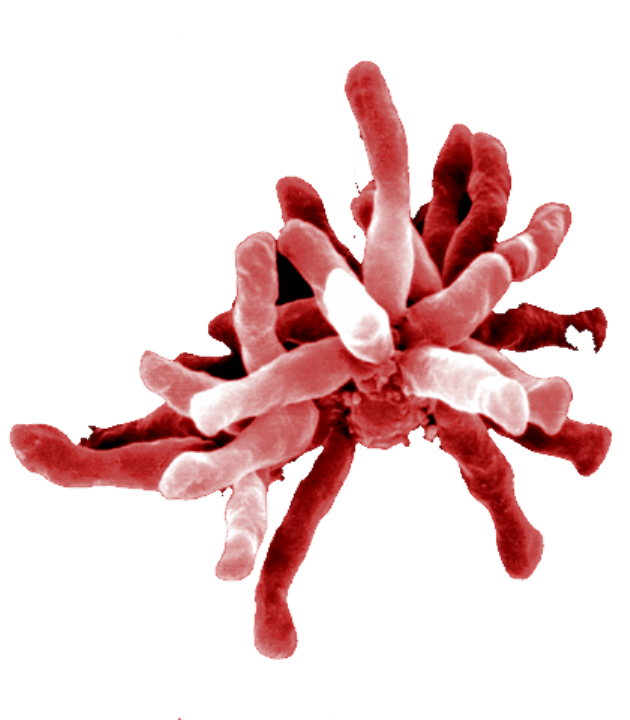Biologists sniff out another method that microbes use to make methane

News brief: Every year, microbes produce hundreds of millions of tons of methane, a greenhouse gas that’s more potent than carbon dioxide. Scientists had thought the job was done exclusively through methanogenesis. But in the journal Nature Microbiology, a research team led by the University of Washington’s Caroline Harwood lays out an alternate method that makes use of a backup enzyme called iron-only nitrogenase. “Our findings are significant because they give scientists a second target to chase in understanding biological methane formation and rising methane emissions,” Utah State University’s Lee Seefeldt said in a news release. “In addition, the discovery could drive efforts to turn waste gases into usable fuels.”
This animation shows how a nitrogen-fixing microbe, Rhodopseudomonas palustris, can also produce methane using iron-only nitrogenase and how, in a lab culture, the methane can support the growth of a methane-utilizing Methylomonas.
In addition to Seefeldt and Harwood, who is the study’s senior author, the researchers behind the Nature Microbiology study, “A Pathway for Biological Methane Production Using Bacterial Iron-Only Nitrogenase,” include UW lead author Yanning Zheng, Derek Harris, Zheng Yu, Yanfen Fu, Saroj Poudel, Rhesa Ledbetter, Kathryn Fixen, Zhi-Yong Yang, Eric Boyd and Mary Lidstrom.
More from GeekWire:
Scientists fine-tune the formula for finding the signature of life in alien atmospheres
Bionic Leaf project that can ‘make food out of thin air’ receives $100,000 Amazon Catalyst grant
How Pluto’s methane turned into red ‘spray paint’ on its biggest moon Charon
Red Planet technologies, old and new, play supporting roles in ‘Mars’ TV miniseries

 Yahoo Sport
Yahoo Sport 




